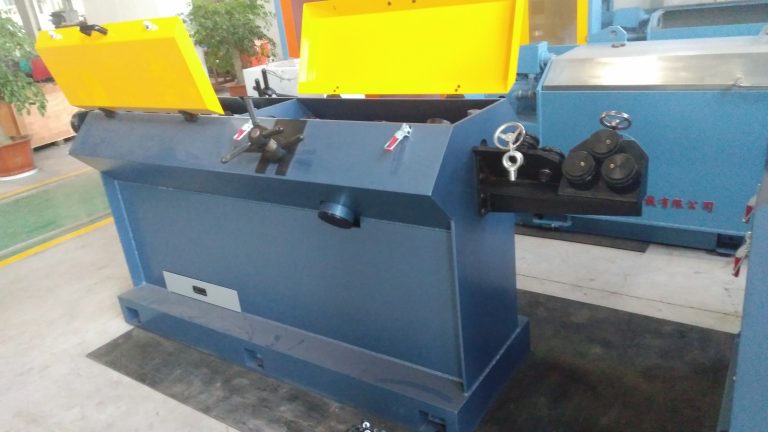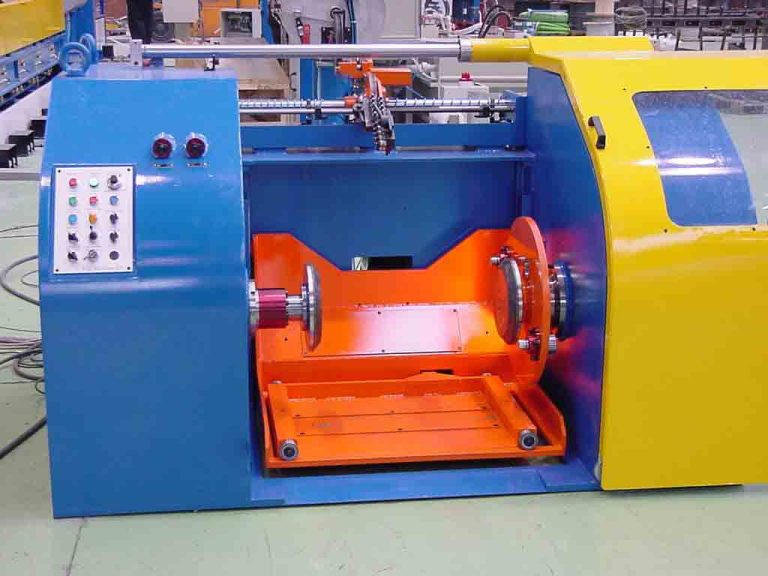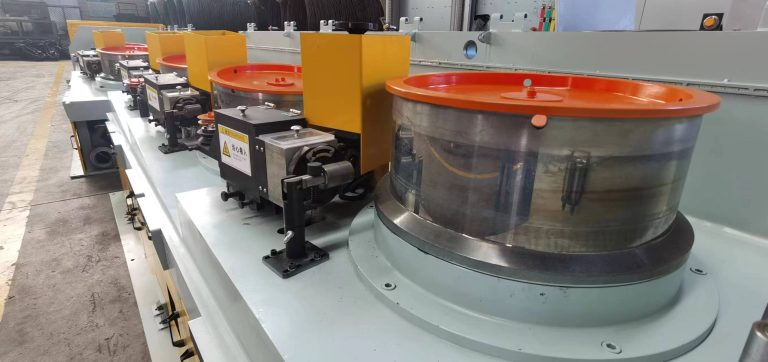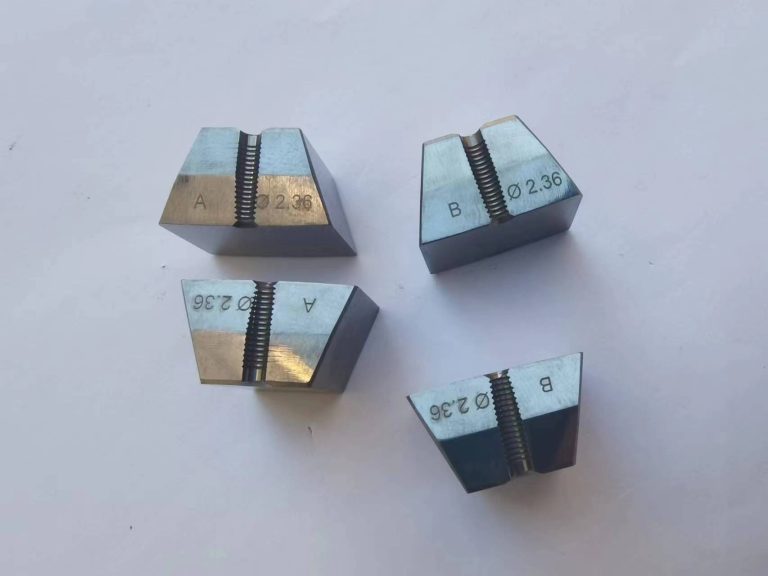Table of Contents
Conseils d’entretien pour les machines à tréfiler verticales inversées
Les machines à tréfiler verticales inversées sont des équipements essentiels dans l’industrie de fabrication de fils. Ces machines sont utilisées pour tirer le fil à travers une série de filières afin de réduire son diamètre et d’améliorer sa qualité. Un bon entretien de ces machines est crucial pour garantir leurs performances et leur longévité optimales. Dans cet article, nous aborderons quelques conseils d’entretien pour la machine à dessiner verticale inversée.
Nettoyage régulier et La lubrification est essentielle pour maintenir les machines à tréfiler verticales inversées en bon état de fonctionnement. La poussière, la saleté et les débris peuvent s’accumuler sur les composants de la machine, entraînant une friction et une usure accrues. Nettoyer régulièrement la machine avec une brosse douce ou un chiffon peut aider à prévenir ces problèmes. De plus, la lubrification des pièces mobiles de la machine avec un lubrifiant approprié contribuera à réduire la friction et à prolonger la durée de vie de la machine.
L’inspection des composants de la machine pour déceler usure et dommages est une autre tâche de maintenance importante. Vérifiez régulièrement les matrices, les rouleaux et les roulements de la machine pour détecter tout signe d’usure ou de dommage. Remplacez immédiatement toute pièce usée ou endommagée pour éviter d’endommager davantage la machine. Il est également important de vérifier régulièrement l’alignement et la tension de la machine pour garantir son bon fonctionnement.
Une surveillance régulière des performances de la machine est essentielle pour détecter rapidement tout problème. Gardez un œil sur la vitesse, la température et les niveaux de bruit de la machine pendant son fonctionnement. Tout changement soudain de ces paramètres pourrait indiquer un problème avec la machine qui doit être résolu. Il est également important d’écouter tout bruit inhabituel provenant de la machine, car cela pourrait être le signe d’un problème mécanique.
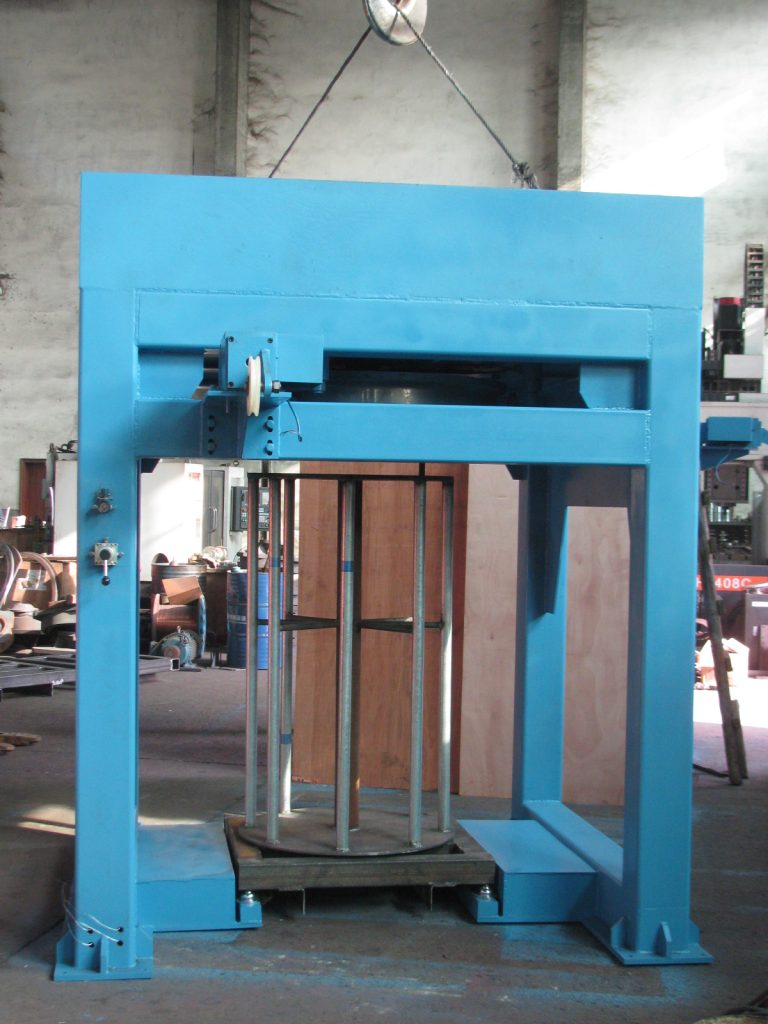
En plus des tâches de maintenance régulières, il est important de planifier des inspections périodiques par un technicien qualifié. Une inspection professionnelle peut aider à identifier tout problème potentiel avec la machine qui pourrait ne pas être apparent lors d’un entretien régulier. Un technicien peut également effectuer des tâches de maintenance plus approfondies, telles que l’ajustement des paramètres de la machine ou le remplacement de composants usés.
Une bonne formation des opérateurs de machines est également cruciale pour l’entretien des machines à tréfiler verticales inversées. Les opérateurs doivent être formés sur la manière d’utiliser la machine de manière sûre et efficace, ainsi que sur la manière d’effectuer les tâches de maintenance de base. Fournir aux opérateurs les connaissances et les compétences nécessaires contribuera à prévenir les accidents et à garantir des performances optimales de la machine.
En conclusion, un bon entretien des machines de tréfilage verticales inversées est essentiel pour garantir leurs performances et leur longévité optimales. Le nettoyage, la lubrification et l’inspection réguliers des composants de la machine sont des tâches de maintenance clés qui doivent être effectuées régulièrement. La surveillance des performances de la machine et la planification d’inspections périodiques par un technicien qualifié sont également des pratiques de maintenance importantes. En suivant ces conseils d’entretien, vous pouvez contribuer à maintenir votre machine à tréfiler verticale inversée en bon état de fonctionnement pour les années à venir.
Comparaison de différents modèles de machines à tréfiler verticales inversées
Les machines de tréfilage verticales inversées à bloc unique sont des équipements essentiels dans l’industrie de fabrication de fils. Ces machines sont utilisées pour tirer le fil à travers une série de filières afin de réduire son diamètre et d’améliorer sa qualité. Il existe plusieurs modèles de machines à tréfiler verticales inversées disponibles sur le marché, chacune avec ses propres caractéristiques et capacités. Dans cet article, nous comparerons différents modèles de tréfileuses verticales inversées pour vous aider à prendre une décision éclairée lors du choix de la machine adaptée à vos besoins de tréfilage.
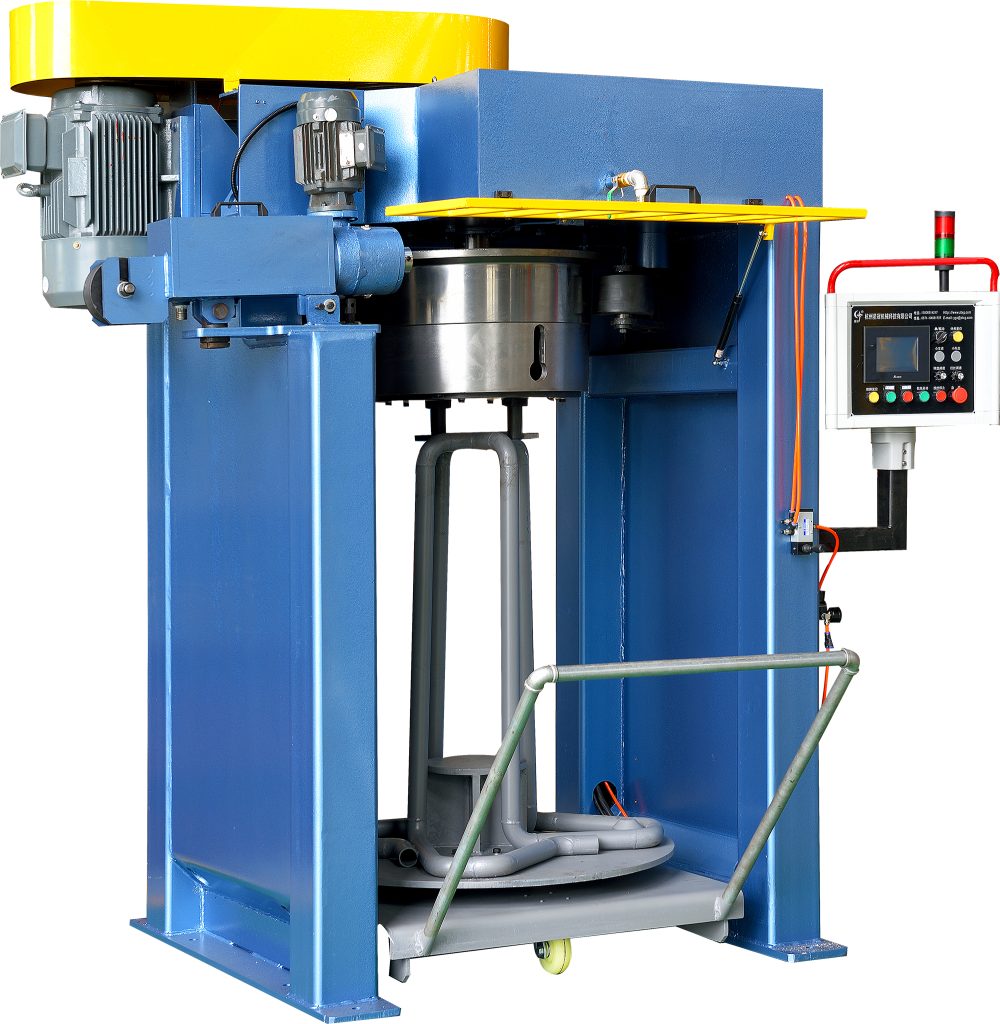
L’un des facteurs clés à prendre en compte lors de la comparaison de différents modèles de machines à tréfiler verticales inversées est le nombre de matrices que la machine peut accueillir. Les machines dotées d’un nombre plus élevé de matrices sont capables de tréfiler du fil à un diamètre plus petit en un seul passage, ce qui peut améliorer l’efficacité et réduire le temps de production. Cependant, les machines avec moins de matrices peuvent être plus adaptées au tréfilage de fils plus épais ou aux applications où un haut niveau de précision est requis.
Un autre facteur important à considérer est la vitesse à laquelle la machine peut tréfiler le fil. Les machines dotées d’une vitesse d’étirage plus élevée peuvent augmenter la productivité et réduire les coûts de production. Cependant, il est important d’équilibrer vitesse et qualité, car le tréfilage du fil trop rapidement peut entraîner un produit final de moindre qualité. Certains modèles de machines à tréfiler verticales inversées sont équipées de commandes de vitesse variable, permettant aux opérateurs d’ajuster la vitesse de tréfilage pour répondre à des exigences de production spécifiques.
En plus du nombre de matrices et de la vitesse de tréfilage, il est également important de prendre en compte la conception globale. et la construction de la machine. Les machines dotées d’une construction robuste et durable sont plus susceptibles de résister aux rigueurs d’une utilisation continue et de fournir des performances fiables dans le temps. Recherchez des machines fabriquées à partir de matériaux de haute qualité et dotées d’une ingénierie de précision pour garantir un tréfilage cohérent et précis.
Lorsque vous comparez différents modèles de machines de tréfilage verticales inversées, il est également important de prendre en compte le niveau d’automatisation et les fonctionnalités de contrôle disponibles. . Les machines dotées de fonctionnalités d’automatisation avancées, telles que des automates programmables (PLC) et des interfaces à écran tactile, peuvent améliorer l’efficacité et réduire le risque d’erreur humaine. De plus, les machines dotées de fonctions de sécurité intégrées, telles que des boutons d’arrêt d’urgence et une protection contre les surcharges, peuvent contribuer à garantir un environnement de travail sûr pour les opérateurs.
En fin de compte, le meilleur modèle de machine de tréfilage verticale inversée pour vos besoins dépendra d’un divers facteurs, notamment le type de fil que vous étirez, le diamètre souhaité du produit final et vos exigences de production. En examinant attentivement le nombre de matrices, la vitesse d’étirage, la qualité de construction et les fonctionnalités d’automatisation des différents modèles, vous pouvez choisir une machine qui répond à vos exigences spécifiques et vous aide à atteindre vos objectifs de production.
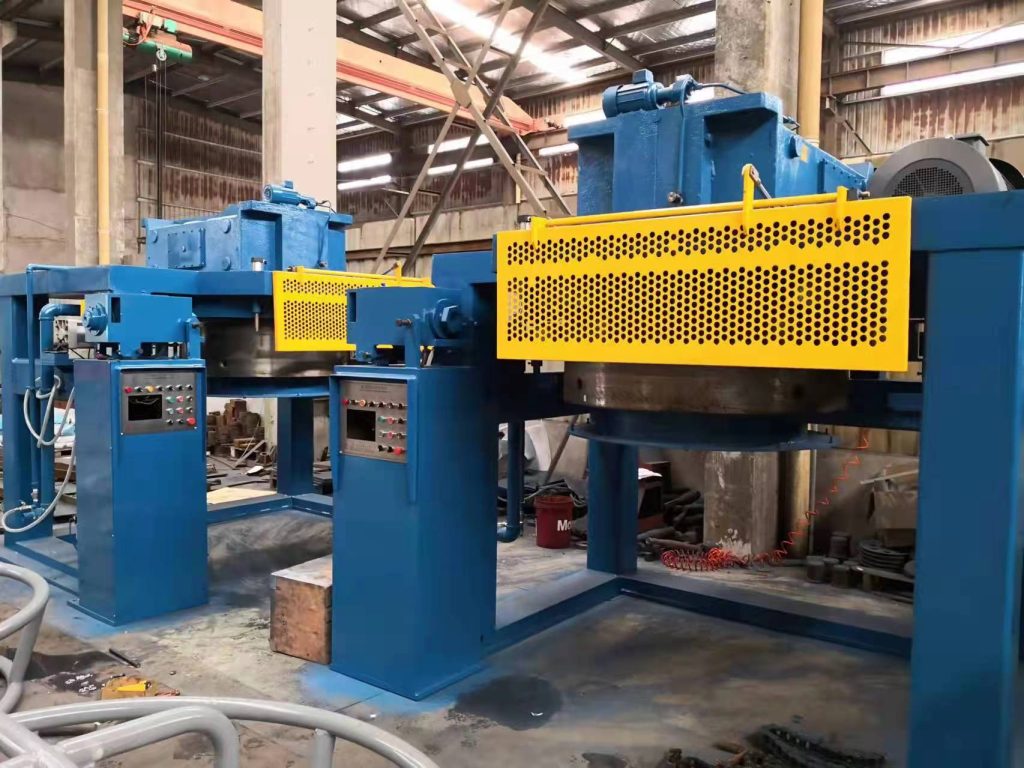
En conclusion, les machines à tréfiler verticales inversées sont des équipements essentiels pour l’industrie de fabrication de fil. En comparant différents modèles en fonction de facteurs tels que le nombre de matrices, la vitesse d’étirage, la qualité de construction et les fonctionnalités d’automatisation, vous pouvez choisir une machine qui répond à vos exigences de production spécifiques et vous aide à réaliser des opérations de tréfilage efficaces et fiables.

